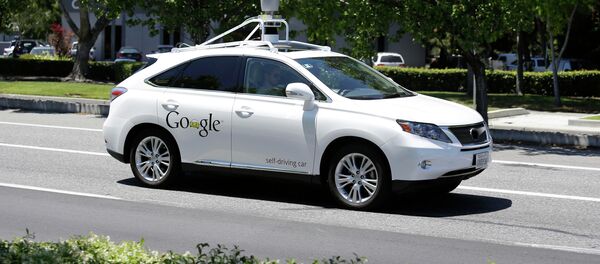The automated vehicles will debut in Great Britain and as many as ten cities in the US this year, starting with Tampa Bay, Florida in late spring. And if all goes well, up to 20 more cities in the US next year, meaning that the cars with no one manning the wheel will be a common sight in a number of towns in the US as they test out their viability.
Actually, they’re already on the roads in the UK, as the first one debuted recently and is being tested in the town of Greenwich in England. It’s an electric-powered two-seater designed by the British company Transport Systems Catapult and it’s mainly for use on sidewalks and pedestrian areas to help people with short errands.
It can travel 12 miles an hour and uses sensors, radar and cameras. Passengers would punch in their destination and sit back and relax. Similar cars already operate in Heathrow Airport ferrying passengers from the parking lots to the terminal, but the ones on the streets in Greenwich are the first ones allowed in “real” traffic.
The ones to be tested in the states range from small two-seaters to buses that can carry up to 70 passengers. “We’re looking at college campuses, theme parks, airports, downtown areas – places like that,” said Corey Clothier of Comet LLC, the consulting firm overseeing the trial runs.
Clothier told The Observer daily that a driverless car is 25 to 40% cheaper than operating a car with a real driver, particularly since the driverless ones are all electric, rechargeable and could cost as little as $1 to $3 a day. And obviously on public transportation, a driverless bus has no labor costs.



